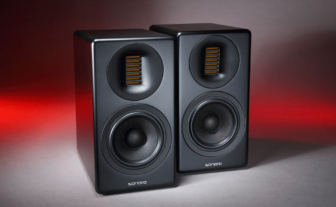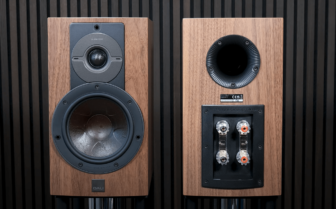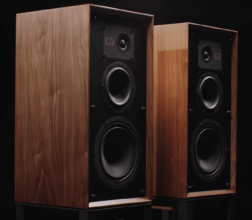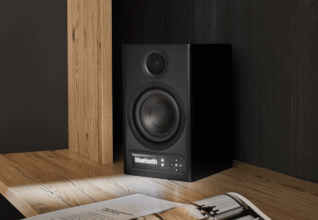B&W 607 S2 Anniversary Edition Review: Clearly Different
The Continuum cone of B&W’s 607 S2 Anniversary Edition brings great clarity says Noel Keywood. Read our B&W 607 S2 ANNIVERSARY EDITION Review.
The B&W 607 S2 Anniversary Edition I’m reviewing here, is a relatively small ‘speaker intended for a stand or book shelf. Small loudspeakers are not known for performing sonic miracles; getting a “quart from a pint pot” just isn’t possible; size matters. But that doesn’t mean they can’t have their own strengths, especially with stereo sound staging – as Wharfedale’s small Diamond loudspeaker demonstrated long ago.
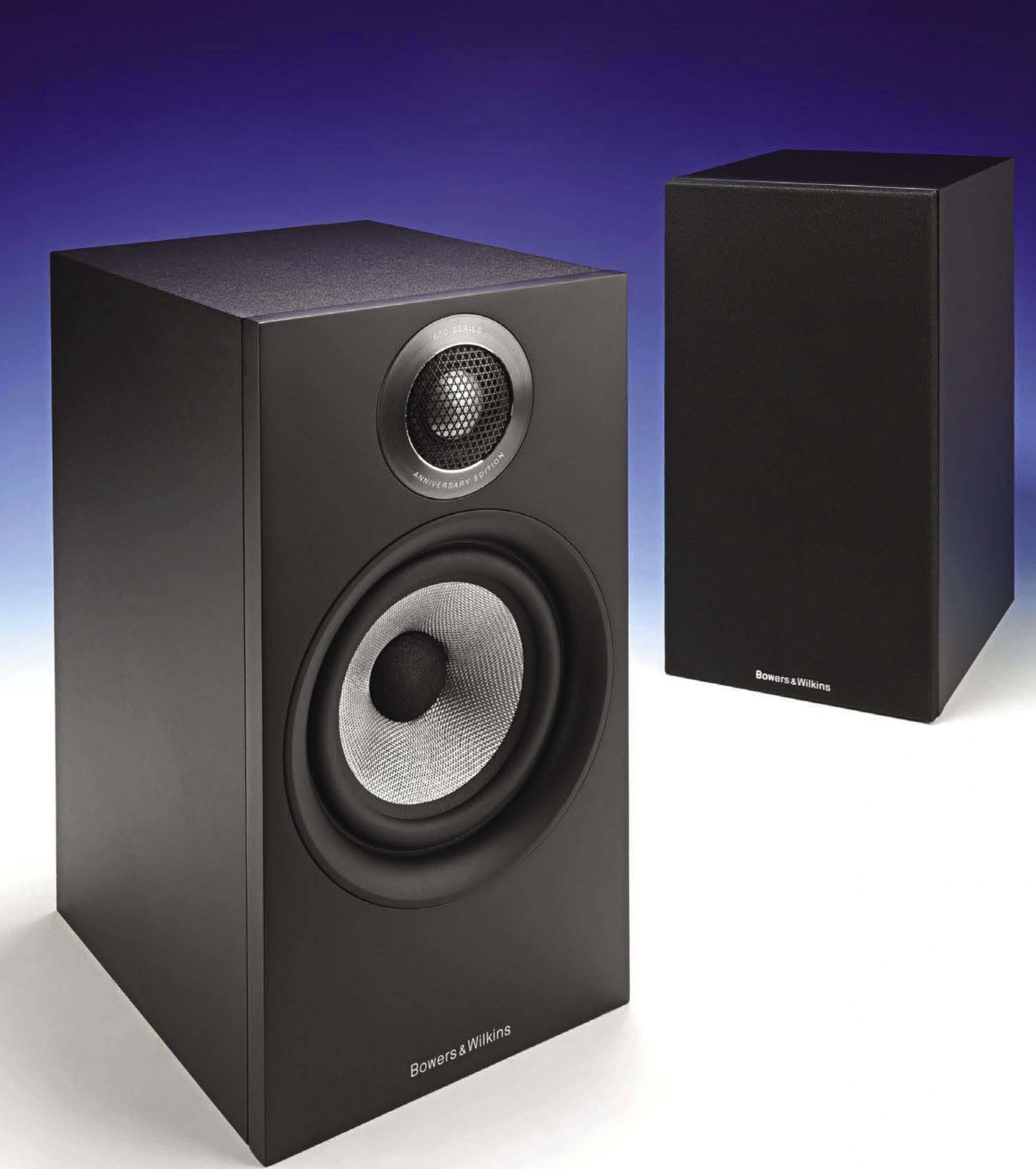
B&W’s little speaker is however very different to a Diamond, especially the latest Diamond 12.1 I reviewed in our April 2021 issue. They’re worlds apart, a point I make early on to tease out the issue of small ’speaker differences.
Whilst you don’t get big bass from any small loudspeaker their potential for a fast, lithe sound with great stereo imaging is what B&W capitalise on with the 607 52. It has a small 130mm (Sin) Continuum cone bass/midrange unit that does most of the work, covering a large part of the audio band, right up to 3kHz. Above this a decoupled Double Dome aluminium tweeter takes over to extend high treble all the way to 20kHz our measurements show, B&W quoting an upper limit of 33kHz – but this is for bats.
I know from previous experience, most recently when reviewing the larger 603 52 in our March 21 issue, that Continuum synthetic cone material has a sheeny sonic presence and offers a strong sense of clarity, potentially making this a small ‘speaker with an up-front sound.
How small? It measures 165mm (6.5in) wide, 207mm (8.1 in) deep and 300mm (I l.8in) high, and with a weight of 4.7kg can be easily lifted and placed just about anywhere. B&W recommend 30W-I00W amplifiers but you won’t get far at the lower end of the scale because sensitivity is on the low side at 84dB – as they quote and we measure.
OK to go loud-ish in a small room I guess – providing you don’t want to wick it. I’d suggest 60+ Watts as most suitable.
The 607 52 is a conventional reflex loaded enclosure with port at rear, measurement showing it is tuned to 50Hz, a popular choice of frequency in small enclosures since this coincides with the low bass region where such a loudspeaker can work and remain efficient, but also cover the lowest notes of most musical instruments (40Hz). Although the port is at rear a few cms clearance is sufficient for it to work properly.
The eagle eyed of you may pick up that I used it in a 17ft room but a port tuned to 50Hz best excites a I I ft long room, please bear in mind these are broad-outline acoustic approximations and only relate to driving a room’s modes for strongest bass in the interaction between room and ‘speaker. In a nutshell: think small-ish room for the B&W as with most other small ‘speakers because they are similarly optimised.
Connection is through bi-wire terminals at rear that come with mono-wire links as usual.With bi-wiring the tweeter can be split from the woofer and I exploited this possibility in my review of the 603 52 to use 2 Ohm resistors to dampen down strong treble. I tried this with the 607 52s as well but my review is ‘as delivered’.
SOUND QUALTTY
With a low-ish sensitivity of 84dB I chose to drive B&Ws 607 52s with a Creek 120 amplifier (I00W), connected through Chord Company Signature Reference cables. Primary signal source was an Oppo UDP- 205D universal player acting as a CD transport, connected by a QED Quartz glass optical cable to the AKM based digital convertor within the Creek.This has the benefit of using the Creek’s integrated digital section, removing an analogue cable link and associated buffer amplifiers, which I find gives clearest sound. Listening room was a fairly typical 17ft long lounge with speakers on stands at one end, grilles on.
The gravelly voice of Keb Mo singing every Morning (CD) was strongly projected, his slide guitar shimmering in front of me. It was a vivid delivery that threw out every small nuance, Mo’s vocal inflections coming under a spotlight.With a sense of body to the guitar as well, the little B&Ws managed well here, throwing it all out in grand fashion. Our measurements suggest the ‘speaker is engineered for such a sonic presentation.
The Chieftains’ bodrans at the start of Foggy Dew thundered convincingly, even if there wasn’t the weight you get from a large floorstander. Fast and snappy though, with good control too – there was no waffle here. Sinead O’Connor’s vocals were clarified, pushed forward for concise enunciation: I got to hear “Liffey swell” where the words often escape me in this slightly muffled vocal line.
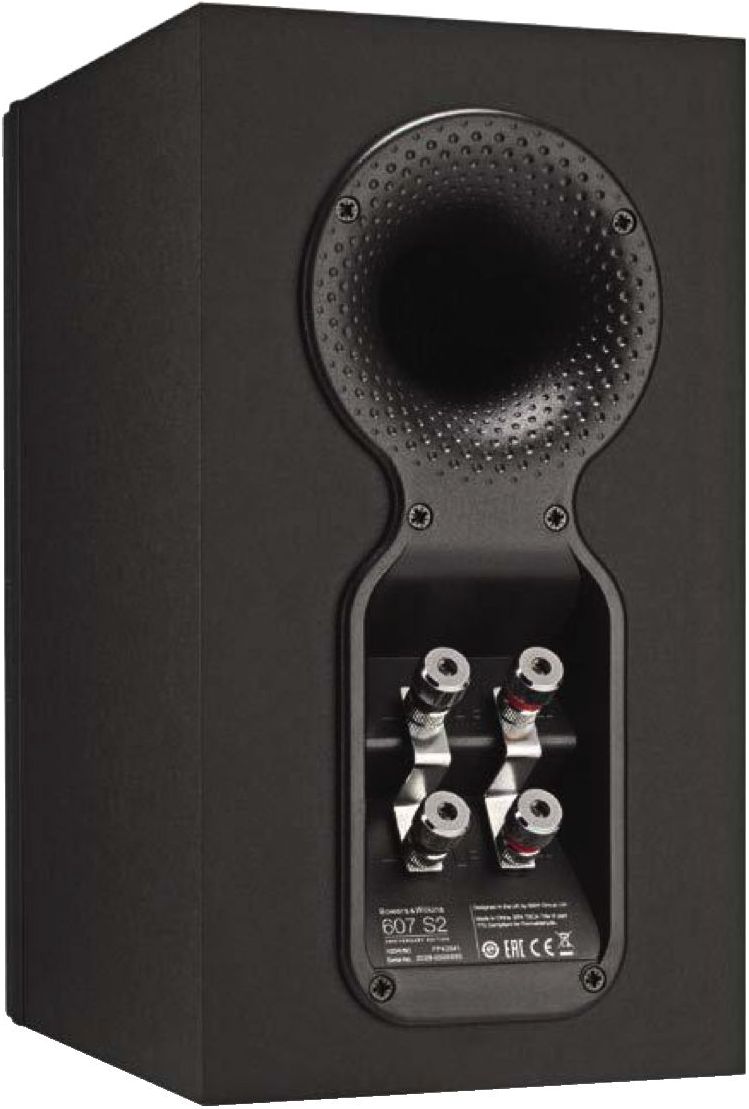
Similarly, Dadawa singing Canton Story was also slightly better resolved than I am used to; normally she sinks to vague whisper but the B&Ws lifted intelligibility.There was plenty of push to the slow drum strikes – impressive for a small loudspeaker.
My usual torture track for tweeter behaviour is Nils Lofgren’s Keith Don’t Go that pours in energy up to 16kHz from rapid strumming at track-end in particular. Here the tweeter became prominent, bringing a sense of tinselly brightness to the sound.With tracks containing what I would call “normal treble” the +5dB lift in tweeter output our measurements reveal wasn’t too obvious, but with this gruelling review track it became very apparent.As always, audibility depends upon what music is played; if high treble doesn’t exist in a track the effect will not be apparent. Explaining why I use this track to check tweeter behaviour. A solution here is to remove one of the biwire links and replace it with a low value resistor, starting out at 2 Ohms, experimenting with value until satisfied. It’s a hidden benefit of a bi-wire loudspeaker in effect, most responding well to this little tweak.
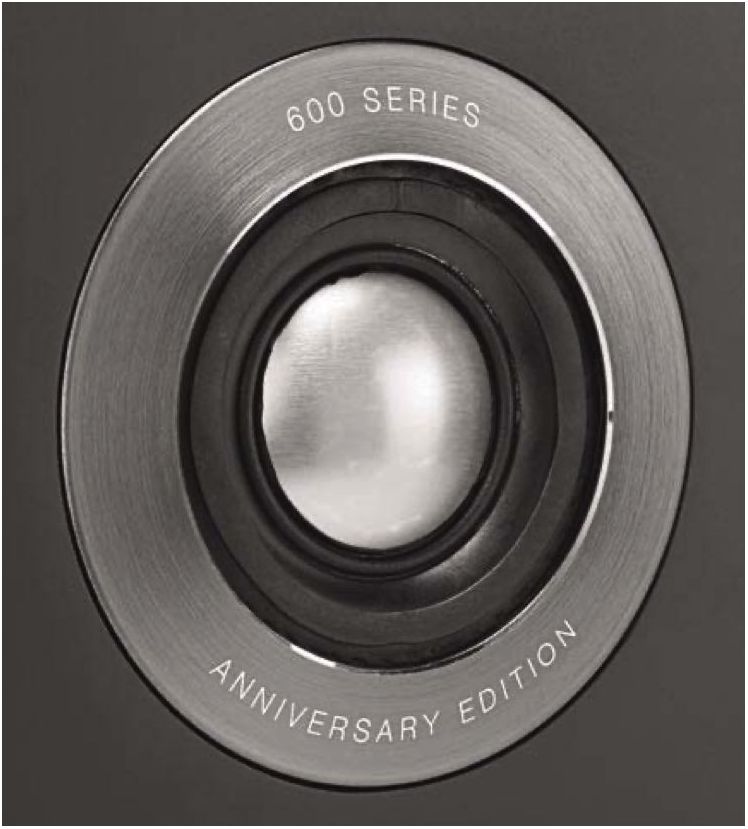
On to Classical and a somewhat uneven performance. Renee Fleming singing Un bel diVedremo from Puccini’s Madama Buttterfly was nicely projected but a little hard of tone – I wished for a more organic sound.
Similarly, the Steinway piano used by ArcadiVolodos had ‘hard keys’, the fulsome resonance of its body that I know so well was not so obvious. But then this is a small budget loudspeaker with dry bass, doing well enough in context.
Hoist’s thunderous Mars came across nicely in that there was a well defined sound stage, delineated string sections and meaty kettle drum strikes, if not an especially spacious sound stage.
And finally, Nigel Kennedy’s busy Stradivarius was projected well, with plenty of insight into strings and his bowing work, if delivered in a bright light free from warmth. So a mixed picture with Classical.
CONCLUSION
The small B&W 607 S2 is fast and forward in its sound, with strong treble: this is no laid back loudspeaker. It throws out mountains of fine detail and has good insight too.With lithe but punchy bass – no subsonics of course – the 607 S2 is for those who want a vivid modern sound balance. It may not suit those who prefer a more natural, fulsome balance for Classical music: I’d suggest an audition to see whether it will suit.
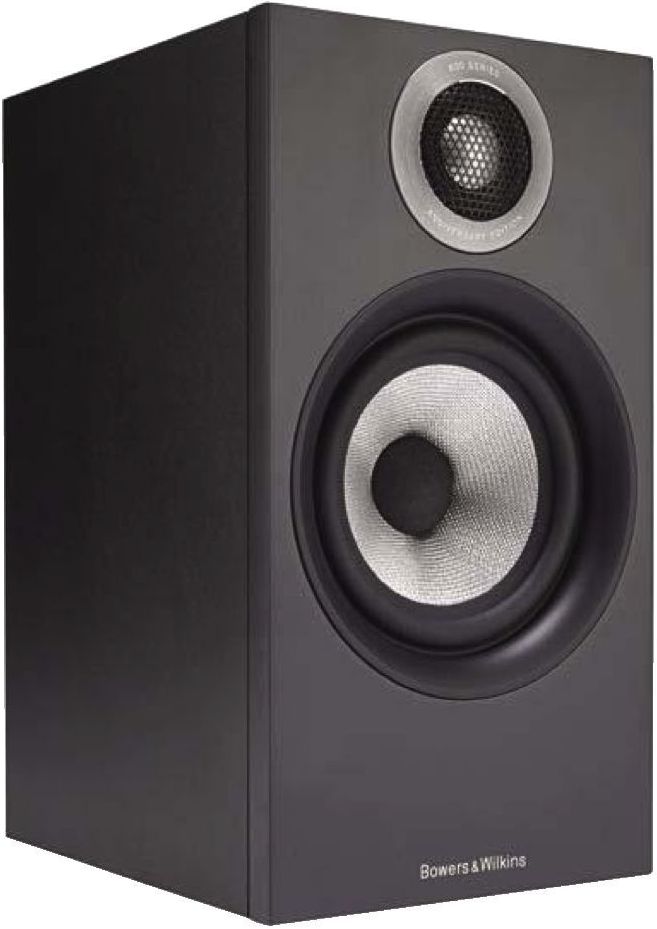
MEASURED PERFORMANCE
With grille on and measured 10 degrees off-axis, our frequency response analysis of the B&W 607 82 Anniversary Edition shows there is strong upper midband output around 4kHz that’s +2dB or so above the lower midband below 800Hz. Above 7kHz there is a pronounced +5dB peak from the tweeter. Since the tweeter works from 3kHz upward our impedance trace shows, these characteristics are part of tweeter behaviour. Its degree of prominence will be audible as brightness in the sound.
The Continuum bass/midrange unit covers a fairly wide range, from 50Hz to 3kHz, with output peaking up in the 1 kHz region.

Where most manufacturers ensure output rises across the lower midband to add some warmth, B&W let output slowly fall in this region, suggesting the 607 82 will lack warmth. However, it is expected to be used close to or against a wall and this positioning will provide some low frequency support.
Bass output reaches smoothly down 60Hz, falling away slowly to -6dB at 40Hz, the port being tuned to 50Hz our port output trace (red) shows (as well as the dip in the impedance trace). For maximum port output support an lift long room is needed, showing the 607 82 is best in a small room; it is also strongly damped acoustically for use in a small room, to counter room boom.
Sensitivity was average for a small cabinet, measuring 84dB sound pressure level from one nominal Watt (2.8V) of input at 1 metre distance, making a 60+ Watt amplifier best suited. Impedance measured 7.5 Ohms using pink noise, dcr being 4.3 Ohms (nominally 4 Ohm bass unit).
Our impedance trace shows a classic two-way with port dip at 50Hz and crossover peak at 3Hz where the tweeter starts to draw current, impedance decreasing.
The B&W 607 82 has been balanced for a bright sound, tweeter output peaking by a large +5dB at 12kHz. NK
| EXCELLENT | extremely capable |
| Distributor | B&W |
| Tel | +44 (0) 800 232 1513 |
| Website | www.bowers-wilkins.co.uk |



